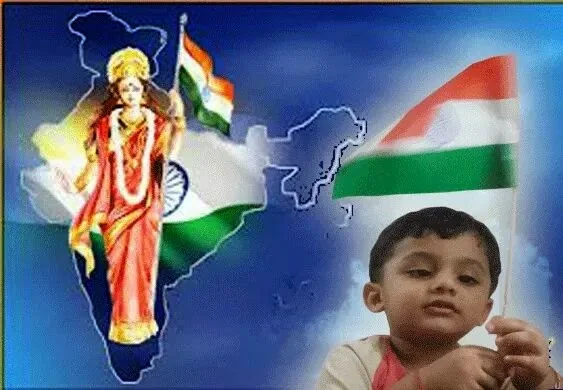Let’s take decision to value our Nation,
Now its our turn to have a reformation.
The
world's largest democracy and second most populous country India is
celebrating its 68th Independence Day on 15/08/2014. The day commemorate
political independence from of the nation from the British rule on 15th
August 1947 and that independence is celebrated every year, although in
a much more subdued form than on Republic Day. Independence Day Culture
The population cohort that belong to the Generation Next often combine nationalism with popular culture during the celebrations. This mixture is exemplified by outfits and savouries dyed with the tricolor and designer garments that represent India's various cultural traditions.Retail stores offer Independence Day sales promotions. Some news reports have decried the commercialism.
Indian Postal Service publishes commemorative stamps depicting independence movement leaders, nationalistic themes and defence-related themes on 15 August.Independence and partition inspired literary and other artistic creations in many languages. Such creations mostly describe the human cost of partition, limiting the holiday to a small part of their narrative.
Salman Rushdie's novel Midnight's Children (1980), which won the Booker
Prize and the Booker of Bookers, wove its narrative around children born
at midnight of 14–15 August 1947 with magical abilities. Freedom at
Midnight (1975) is a non-fiction work by Larry Collins and Dominique
Lapierre that chronicled the events surrounding the first Independence
Day celebrations in 1947.
Few films center on the moment of independence, instead highlighting the circumstances of partition and its aftermath.On the Internet, Google has commemorated Independence Day since 2003 with a special doodle on its Indian homepage.
Independence Day Celebrations
Independence Day, one of the three national holidays in India (the other two being the Republic Day on 26 January and Mahatma Gandhi's birthday on 2 October), is observed in all Indian states and union territories. On the eve of Independence Day, the President of India delivers the "Address to the Nation".
On 15 August, the prime minister hoists the Indian flag on the ramparts of the historical site Red Fort in Delhi. Twenty-one gun shots are fired in honor of the solemn occasion. In his speech, the prime minister highlights the past year's achievements, raises important issues and calls for further development. He pays tribute to the leaders of the freedom struggle.
The Indian national anthem, "Jana Gana Mana" is sung. The speech is followed by march past of divisions of the Indian Army and paramilitary forces. Parades and pageants showcase scenes from the freedom struggle and India's diverse cultural traditions. Similar events take place in state capitals where the Chief Ministers of individual states unfurl the national flag, followed by parades and pageants.
Flag hoisting ceremonies and cultural programmes take place in governmental and non-governmental institutions throughout the country. Schools and colleges conduct flag hoisting ceremonies and cultural events. Major government buildings are often adorned with strings of lights. In Delhi and some other cities, kite flying adds to the occasion.
National flags of different sizes are used abundantly to symbolise allegiance to the country. Citizens adorn their clothing, wristbands, cars, household accessories with replicas of the tri-colour. Over a period of time, the celebration has changed emphasis from nationalism to a broader celebration of all things India.
The Indian diaspora celebrates Independence Day around the world with parades and pageants, particularly in regions with higher concentrations of Indian immigrants. In some locations, such as New York and other US cities, 15 August has become "India Day" among the diaspora and the local populace. Pageants celebrate "India Day" either on 15 August or an adjoining weekend day.
Independence Day History
European traders had established outposts on the Indian subcontinent by the 17th century. Through overwhelming military strength, the British East India company subdued local kingdoms and established themselves as the dominant force by the 18th century.Following the Rebellion of 1857, the Government of India Act 1858 led the British Crown to assume direct control of India. In the decades following, civic society gradually emerged across India, most notably the Indian National Congress, formed in 1885.
The period after World War I was marked by British reforms such as the Montagu–Chelmsford Reforms, but it also witnessed the enactment of the repressive Rowlatt Act and calls for self-rule by Indian activists. The discontent of this period crystallized into nationwide non-violent movements of non-cooperation and civil disobedience, led by Mohandas Karamchand Gandhi.
During the 1930s, reform was gradually legislated by the British; Congress won victories in the resulting elections. The next decade was beset with political turmoil: Indian participation in World War II, the Congress's final push for non-cooperation, and an upsurge of Muslim nationalism led by the All-India Muslim League. The escalating political tension was capped by Independence in 1947. The jubilation was tempered by the bloody partition of the subcontinent into India and Pakistan.






















No comments:
Post a Comment